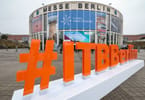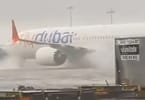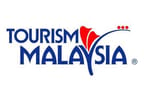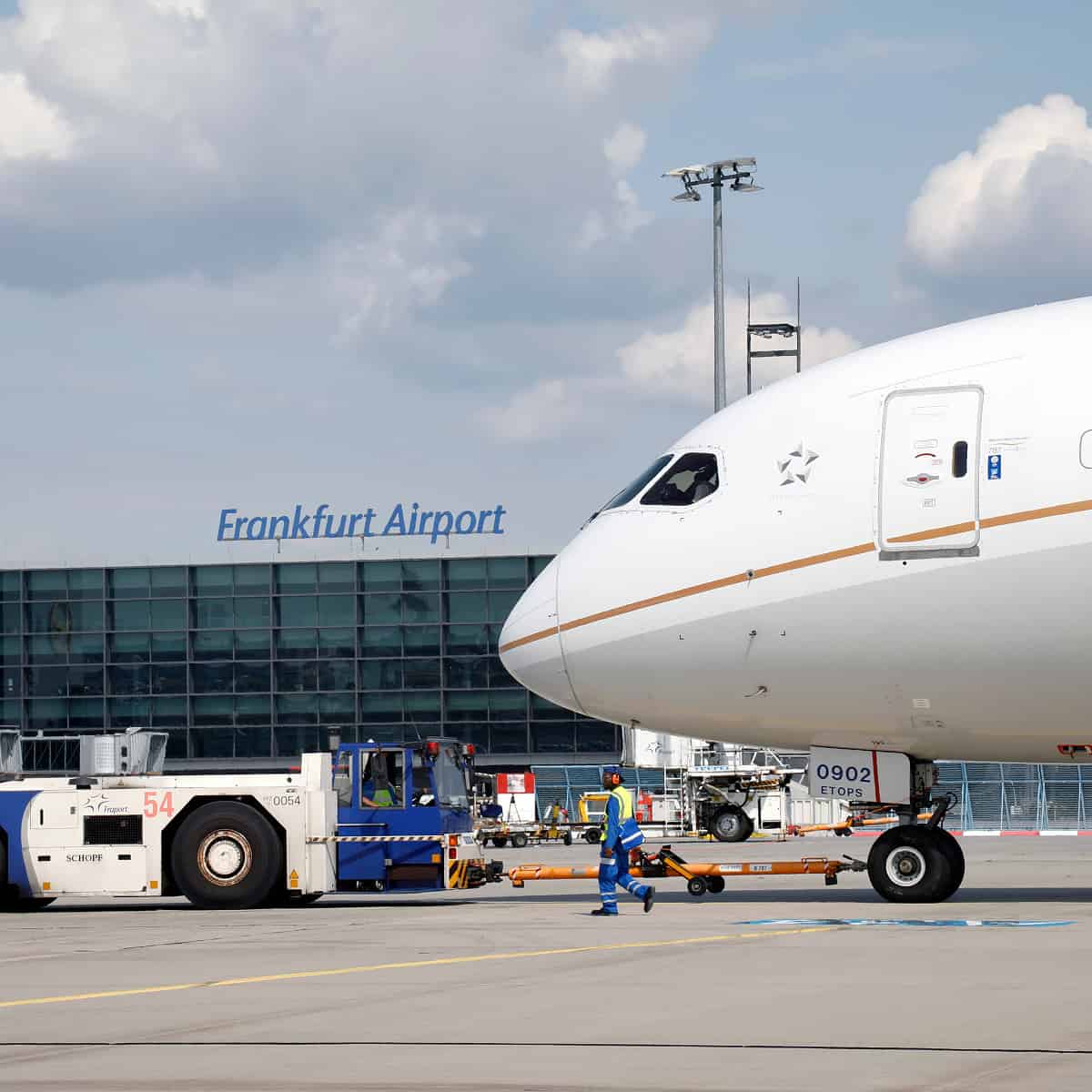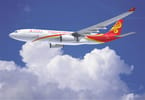A decade ago tourism revenue was growing at around 6 percent a year. Average spending per visitor was close to $3000 and international tourism topped dairy as our top export earner.
Then came the global financial crisis and earthquakes in Christchurch. Spending per visitor is now closer to $2000 and the industry’s contribution to gross domestic product has slipped from 4.6 percent in 2003 to 3.7 percent last year.
Rugby World Cup supremo Martin Snedden took charge of the Tourism Industry Association in the middle of 2012.
Moutter wrote about a fragmented and, at times, parochial tourism industry that was far too slow in shifting its mind-set from being a passive victim of global market trends to figuring out how to make the most of them.
Snedden says that got him thinking about the scale of the job in front of him and what could be done to turn this around. He found delegates at the TIA conference in October that year in survival mode.
“I told them there’s no overarching sense of direction and that we’re a little bit lost,” he says.
This led to a project to map out the current state of tourism, but more importantly its future. The results, Tourism 2025 – Growing Value Together, will be formally launched on Monday.
The headline aim is to increase annual tourism revenue from $24 billion to $41 billion in the next 11 years. This would need international growth rates to go back to 6 per cent a year. “It’s aspirational – it’s not about ticking over but shooting for very strong growth.”
Snedden finishes the association role at the end of the month to devote more time to his job on the board of New Zealand Cricket.
The trick, he says, is getting a diverse sector to work together. “Getting people to hold hands and work together was something that was too hard and really unnatural for the industry,” he says.
Instead the key is “alignment” – a key word in the report which avoids doorstop proportions by being broken into 11 separate documents.
“Think about alignment and individual businesses great or small,” Snedden says. “They can understand the environment that can be created by the industry but need to retain autonomy and they can make decisions because they know what everyone else is doing.”
He’s loath to call it a masterplan and it’s not a Soviet-style decree on what they must do.
“If I went in and told an organisation what to do they’d ask, ‘Who the hell are you?’ If I go in and say this is the direction we’re heading and why don’t you think of that when operating your own business then they say, ‘That makes sense’.”
Snedden says the association looked at more than 30 different tourism plans around the world.
Most of the work was funded entirely by government agencies unlike his association’s which has some Ministry of Business Innovation and Employment support but is funded largely by the industry. “There wasn’t a lot of difference between them and there were no magic solutions.”
Some of the key messages of Tourism 2025:
The Challenge
Tourism’s relative contribution to GDP has declined, and it is no longer the country’s top export earner. Domestic tourism has grown, but not at the same rate at which New Zealanders travel overseas. Over the past 10 years, expenditure by New Zealanders travelling overseas has grown by 66 percent and is now worth more than $4.5 billion.
The number of visitors from New Zealand’s largest tourism market – Australia – has increased. Now, 45 percent of international visitors are from across the Tasman but these can include short stays and the Australians are generally not big spenders.
New Zealand is facing increased global competition.
Around the world tourism is growing at an annual rate of around 4 percent and emerging economies have increased their share of international arrivals from 30 per cent in 1980 to around 50 percent. Advanced economies have recognised the growth opportunity that tourism represents and have begun competing more strongly.
Australia hopes to double its tourism revenue by 2020 and Visit USA has launched an aggressive global campaign.
Green shoots
Tourism New Zealand chief executive Kevin Bowler says there are aspirations to return to rates of growth of a decade ago – around 6 per cent a year.
“Which is why signs of recovery in some of our traditional markets are so welcome.” In the 2013 year arrivals from the US were up 13.4 per cent and from Germany up 9.5 percent.
“But the real news, strategically, is the growth of the emerging Asian economies. Arrivals from China were up 16.2 percent and are expected to nearly double over the next five years.”
Five ways to reach $41 billion
• Grow sustainable air connectivity: Around 99 percent of international visitors arrive by air. Snedden said the fragile nature of airline economics was shocking and this industry was especially vulnerable.
“What we need to realise is that if 60 percent of international visitors are turning up on an airline that is not owned by our country there’s a huge risk around that capacity,” he said. “The people who decide where their planes fly, other than Air NZ, are sitting in a room somewhere working out the economics of the situation. If they are seeing that they can send a plane somewhere else for more profit they will. There’s no emotional attachment.”
Snedden said airports have to play the delicate game of attracting new carriers without hurting the incumbents.
• Enhancing the visitor experience: The changing visitor mix brings changing visitor expectations, and an improved experience will see visitors staying longer, travelling more widely and spending more. Snedden said there’s a balancing act with service.
“We Kiwis don’t commit to such high levels of formal service that some other countries do. While in a strict sense some of that service is not that flash, something that visitors value consistently highly is our personalities.”
• Targeting for value: As the global landscape changes and the visitor mix evolves the industry is encouraged to pick the winners. Individually and collectively we are shifting our focus from volume to value. Businesses with a common interest should organise themselves into clusters to seek out opportunities. An example, skifields teaming up with Tourism NZ, airports and regional tourism groups is cited as a key reason for the rapid growth in Australian skiing visitors.
• Productivity for growth: By improving tourism productivity, returns from existing investments will improve and attract new capital investment. One key is to get visitors outside of peak seasons and it is hoped the international convention centre to be built in Auckland will attract high-value business travellers during quieter times.
• Clear insights: Snedden said the way for tourist operators to put themselves in the shoes of a customer was to mine feedback.
“There are some brilliant platforms that now exist for visitors to provide their feedback, we should be embracing them rather than getting all defensive about it. It doesn’t mean that you have to accept everything a visitor says but you’ve got to look for those common threads,” he says. “What they’re not doing, and neither should they, is ripping apart their core product. It’s more about their treatment of their customers within it. We need to better understand what those visitors want or desire.
Domestic tourism – the bread and butter
Domestic spend provides the vital “bread and butter” financial base for a large portion of tourism businesses, without which many would not exist to service international visitors. The report says that as wealth increases, the amount of available discretionary spend likewise increases.
“The challenge and the opportunity for our industry is to persuade Kiwis that domestic tourism is at least as good a bet as travelling overseas and is definitely a better bet than buying other discretionary items such as motor vehicles or electronics.”
Snedden says New Zealand is good value but is facing the dual threat from a high Kiwi dollar making travel here more expensive and overseas destinations cheaper.
“Part of that is we underrate the quality of what we provide. Because something is close to home we undervalue what it is.”
China
The value of the Chinese visitor market should double within five years, from $670 million to over $1.2 billion. But a successful focus on attracting high-value visitors could see much greater value growth, not just for the next five years but well beyond.
Making it easier to come here, such as by improving visa processing, will increase the satisfaction of these high-value visitors. Better understanding the needs of Chinese high-value visitors then developing product to meet these needs will generate greater returns, the report said.
Top summer for tours but market ‘fragile’
Small operator Phil Parker runs Fine Wine & Food Tours around Auckland and says he’s had his best summer in years.
“It’s the first time I’ve been really positive since 2008. I’m up around 20 per cent on last year which wasn’t great but it’s been a good summer largely on the back of cruise ships.”
Parker said the Tourism Industry Association strategy could contain some useful information but sounded more like a wish list.
“Tourism is very fragile and very subject to world events,” he said.
“I’ve been in the business for 13 years and things like 9/11, the Sars epidemic [and] the global financial crisis have all come out of the blue and knocked tourism for six,” he said. “Of course there has to be an overview and a plan for the future but there’s no reason to say that is going to happen.”
Parker, whose boutique service takes small groups of visitors to wineries to the west of Auckland, Matakana and Waiheke Island, said the promise of the growth in Chinese visitors had yet to materialise for him.
“I think that the Chinese market will get more sophisticated in food and wine [but] big tourist traps and accommodation providers and airlines out there are going to be making the bucks now.”
He said he was doing well from the cruise industry.
“If you’ve got 1500 people coming off a ship there’s a fair chance some of them are going to be interested in food and wine.”
WHAT TO TAKE AWAY FROM THIS ARTICLE:
- Moutter wrote about a fragmented and, at times, parochial tourism industry that was far too slow in shifting its mind-set from being a passive victim of global market trends to figuring out how to make the most of them.
- Around the world tourism is growing at an annual rate of around 4 percent and emerging economies have increased their share of international arrivals from 30 per cent in 1980 to around 50 percent.
- Snedden finishes the association role at the end of the month to devote more time to his job on the board of New Zealand Cricket.




